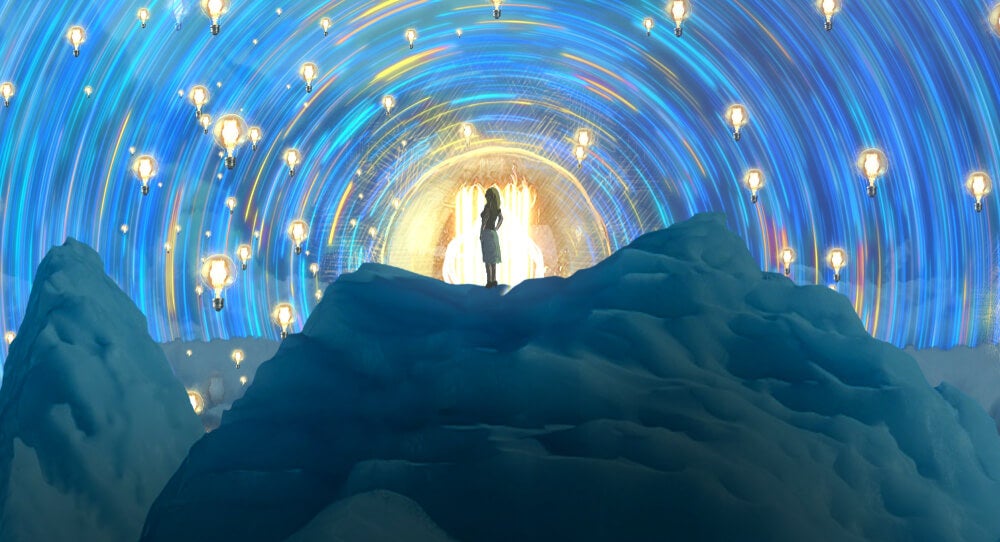Research and new discoveries in sleep science are always fascinating. For many people, dreaming is an important source of personal discovery. A joint investigation of several neuroscientists from the United States, Italy and Switzerland has discovered what has been called a hot zone.
The hot zone is an area of the brain with an activity pattern that seems to indicate when dreams occur, it has also been discovered that dreams not only occur in the REM phase, in addition, this model could reveal something about the content of dreams A fascinating discovery for the knowledge of human consciousness.
- The team of researchers monitored the electrical activity of the brains of 32 people in a sleep lab for periods of 5 to 10 nights.
- People often woke up to report their experiences in their sleep.
- They reported whether they had dreamed or not.
- They responded if they remembered parts of the dream.
- The whole dream.
- Or if they remembered nothing.
The difference between this study and previous research is that, in this case, brain activity was monitored with a 256-wire device, which offered a much more complete view than those done so far in sleep labs.
The team found that even if participants had dream experiences, part of the brain tended to activate very significantly. They found a ”hot zone” during sleep experiences. This area is located in the parietooccipital region of the cerebral cortex. suggests that this could be the neural correlate of dreams.
When this area is stimulated by awakening, it induces the “feeling of being in a parallel world or in a state of sleep”. Definitely a fascinating discovery. This, in turn, seems to suggest that consciousness is located in a specific posterior region, until now it was thought to be in the frontal and parietal lobes.
When people had sleep experiences, there was a region at the back of the brain that tended to become very active, as if this area were a little more awake?Francesca Siclari, sleep researcher at the University Hospital in Lausanne, Switzerland. was part of this study.
Not everyone agrees with the theory that this technique can give us an idea of the content of dreams. Harvard School of Medicine psychiatry professor Dr. Stickgold does not believe that dream detection is the result of this research.
Dr. Stickgold believes that memorized and forgotten dreams probably have a different electrical signature, yet he says that the most interesting potential of this research comes from understanding one of the great mysteries that humans have always pursued: nature and the origin of consciousness.
The idea that during sleep different parts of the brain act differently is an opinion shared by many researchers for almost a decade, was a suspicion, although there is not enough empirical evidence.
“The power of this technique is that it allows us to focus on the idea that specific local areas or regions of the brain are responsible for certain activities, rather than the entire brain being deeply inactive. “Danny Eckert of NeuRA (Australia Neuroscience Research)?
Future studies look at the idea of stimulating this hot spot in patients in coma, seizures or under general anesthesia.
In fact, everyone agrees that future research could give access to other types of states of consciousness, as well as help clarify which other regions of the brain are involved in different types of states of consciousness, or maybe find out in which area. and how we connect with Consciousness, in capital letters. Depends on who and how you want to interpret it. An exciting topic whose understanding seems to be approaching every day.
“These regions seem to offer well-adapted multisensory integration to support the virtual simulation of a dream-characterizing world. “- Dr. Perogamvros Lampros, University of Wisconsin-Madison, co-author of the study

